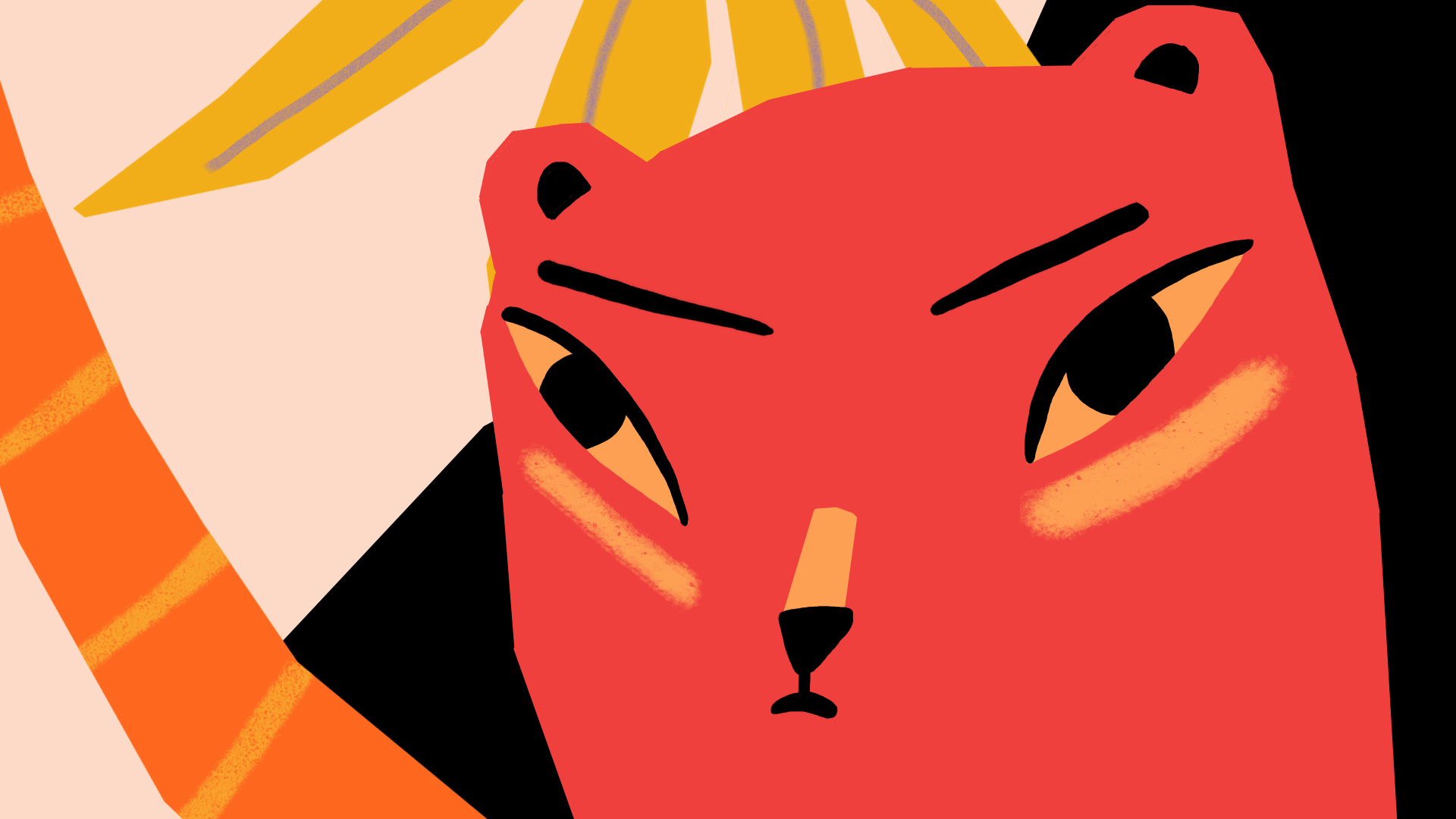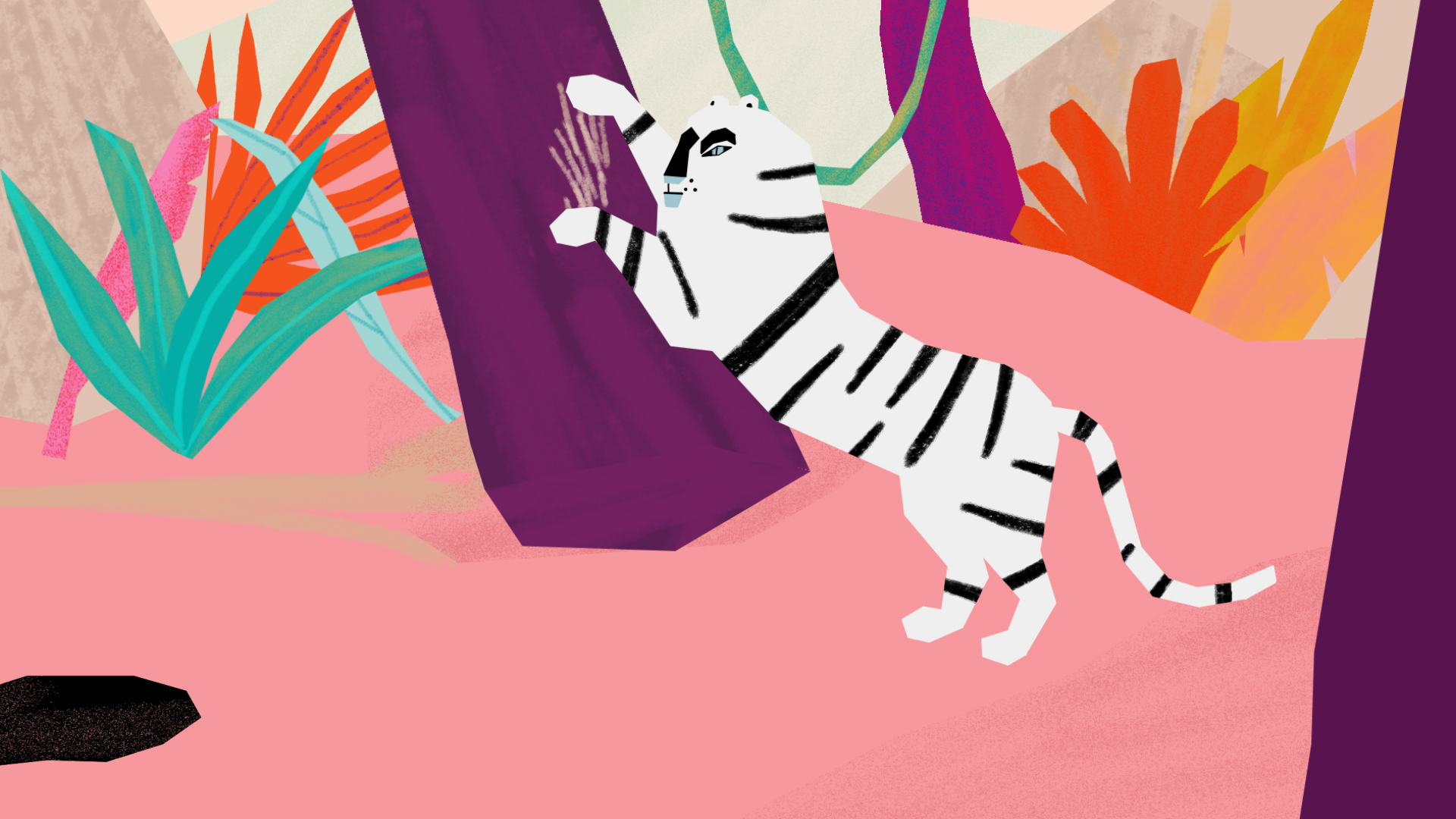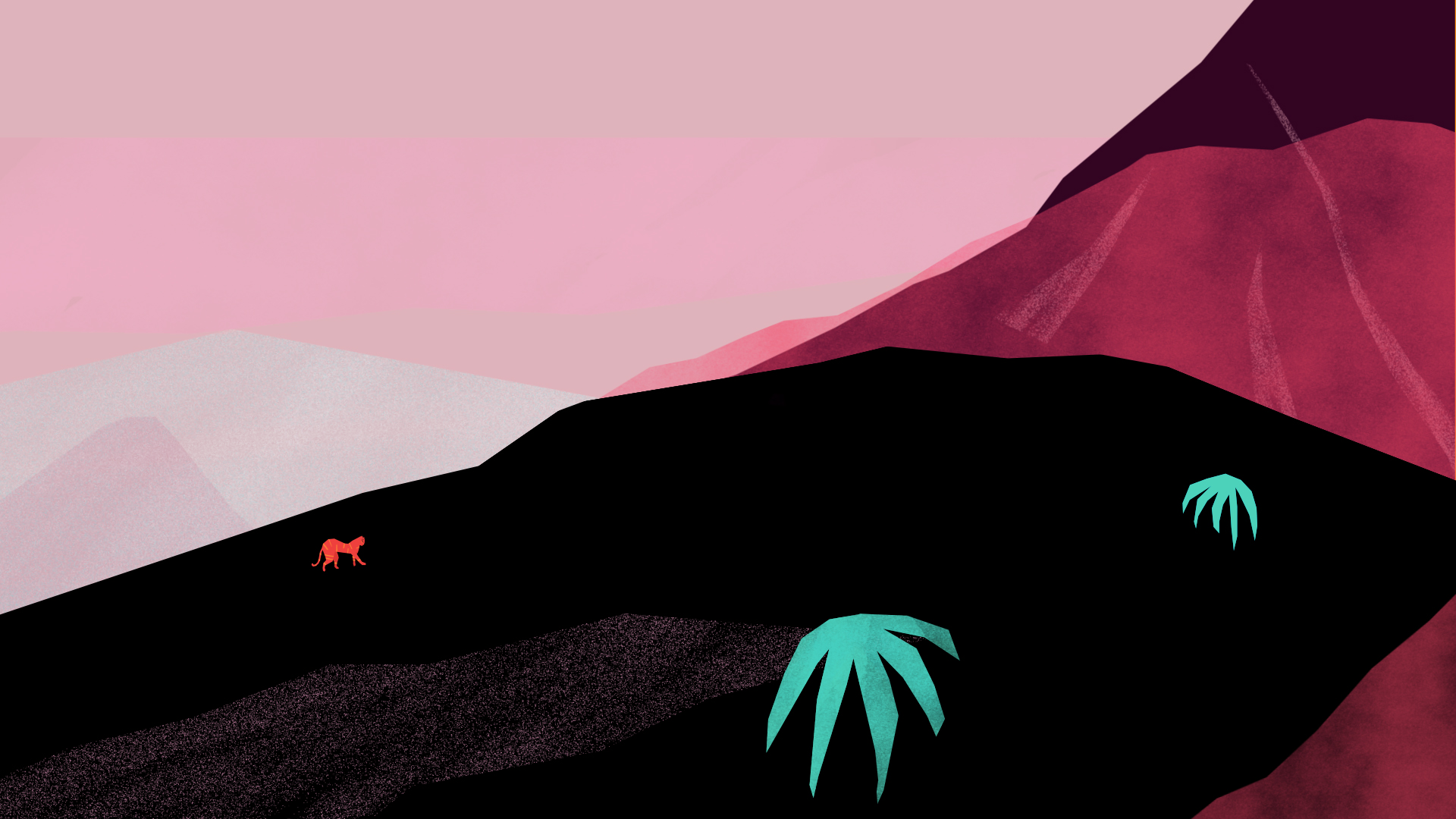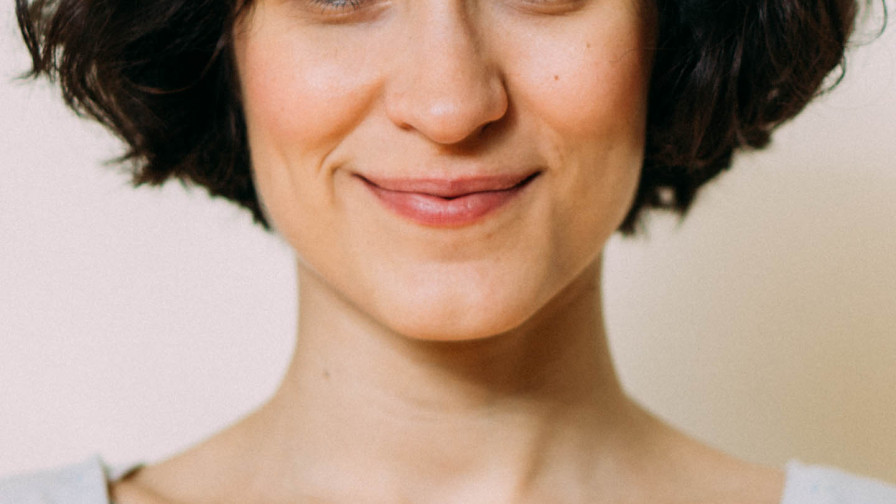Volcano Island – Selected for Berlinale Generation
'Volcano Island' was made as your MOME Anim graduation movie. Where did the idea of the film come from?
Making this decision was a huge responsibility. You work on your film day and night for at least a year, others are involved in the project, you apply for different kinds of support and you know that a lot of people are excited about the final product. I wanted to avoid the common mistake of the artist overthinking something and procrastinating about the decision, so I went to Zánka and gave myself a week to decide what my graduate film would be about. I was sitting in the garden, scrolling my Instagram feed, when I found an old aquarelle painting I had done of a pink tiger. I felt that it could work as a very strong symbol. So the main character came first and then I wrote the story around her. The theme of the movie was always important to me: what does the ingénue archetype feel in stories? What would it be like to follow her point of view? Why should it be so obvious that she wants the same as the more powerful characters?

Your movies are very similar to the cut-out animation style. What is your favourite technique to work with and how did you make 'Volcano Island'?
I like the stop-motion technique and I love making collages out of coloured paper. The highly stylised visual world of big colourful patches, as used in 'Volcano Island', goes better with less realistic movement. However, as you can’t animate certain forms of subtlety because it is too complicated to do so, I used digital drawing, creating a hybrid style between drawing and cut-out animation.
Just like Luca Tóth and Réka Bucsi, you also have a unique use of colours and forms. How do you define your own style? How do you choose the colours for your films?
I use irregular, angular shapes and saturated colours on my digital canvas. My pictures might seem simple and clean, but since I use patches with no outlines, the forms and shapes have to be more thoughtful, so I spend a lot of time creating the right shots. I putter a lot with the colours in order to make sure that they suggest as much harmony or drama as the scene requires.
Your movie 'Passionpanther' also takes place in the jungle and tells a story of an absurd love affair. Am I right to assume that complex relationships and the jungle as a location are close to you?
The nearly 3-minute-long 'Passionpanther' grew from a short school project. It was a great pre-study for 'Volcano Island', so I was able to confidently handle the jungle’s flora and fauna in my graduation film.

'Volcano Island' has a very emphatic sound design, done by Péter Benjámin Lukács (who also made the sound design for Réka Bucsi’s 'LOVE' and Luca Tóth’s 'Superbia'). Tell me, how did you make the soundtrack? What was the conception and what sounds did you use?
As there is no shooting in animation, there are no recorded sounds either, so the sound designer has to create the atmosphere and sounds of a non-existent world in a sound studio. A bad choice, like a funny or stereotypical sound, can mess up the viewer’s previously developed feelings. The same is true with music (put together by Bálint Szabó). It’s important to work with people whom I fully trust, because the soundtrack also creatively builds the movie’s universe.
How did you become interested in animation? Were you touched or influenced by a specific movie or artist?
I’ve never been a cartoon fanatic and we didn’t even have a TV at home, which always made me sad. I read a lot, loved art and watched a lot of sad movies in Cirko-Gejzír [a Hungarian art cinema - ed.]. What I like about animation is that I can make films where I control every part of the image and everything looks just like I had dreamed, so it promises absolute creative freedom. When I applied to MOME, I had no idea how much self-discipline and patience I would need in this industry. For me, reading is the most inspiring activity, even when I work on a film, but the movies by Michael Gondry, Hayao Miyazaki and Ulrich Seidl have also had a great impact on me.

There is a MOME graduation movie in a prestigious international film festival again. What do you think the secret of MOME animation’s success is?
There is a very family-like atmosphere at the Master’s programme. I loved the consulting, and we’ve received a lot of support, both professionally and personally. Our consultants and instructors (Tibor Bánóczki, Júlia Farkas and Judit Czakó) treat us like partners and encourage us to find our own paths as animation directors. They encourage us to experiment with new ways of storytelling, visuals and techniques. I think this kind of courage is what festivals appreciate the most. But it would be misleading if directors made films based on a certain recipe only, to achieve festival success rather than trying to create their own visions.
Do you have plans for your next film?
I’ve already started to work on a new movie, and it won’t take place in the jungle
this time. It is about a relationship between
a mother and her adult daughter.
Zsófia Herczeg
The synopses of 'Volcano Island':
A female tiger’s colour has changed, which attracts the attention of an old, dominant white tiger. The young naive tigress is not able to handle the approach of the other. Two kinds of nature are represented by the main characters. The male tiger is as stable and strong as a rock, but the female character represents the hidden, volcanic energies under the surface. At the beginning of the story the tigress is not aware of her deep connection to the island and to nature. However, by the end, she finally discovers her great, elementary force.
Anna Katalin Lovrity, born in 1990, is a Hungarian independent animation filmmaker. From 2010 to 2016 she attended MOME (Moholy-Nagy University of Art and Design Budapest), in the animation department, where her graduation film was 'Volcano Island'. She is currently
attending the Animation Sans Frontières (ASF), the European animation production workshop,
where she is preparing her next movie.
